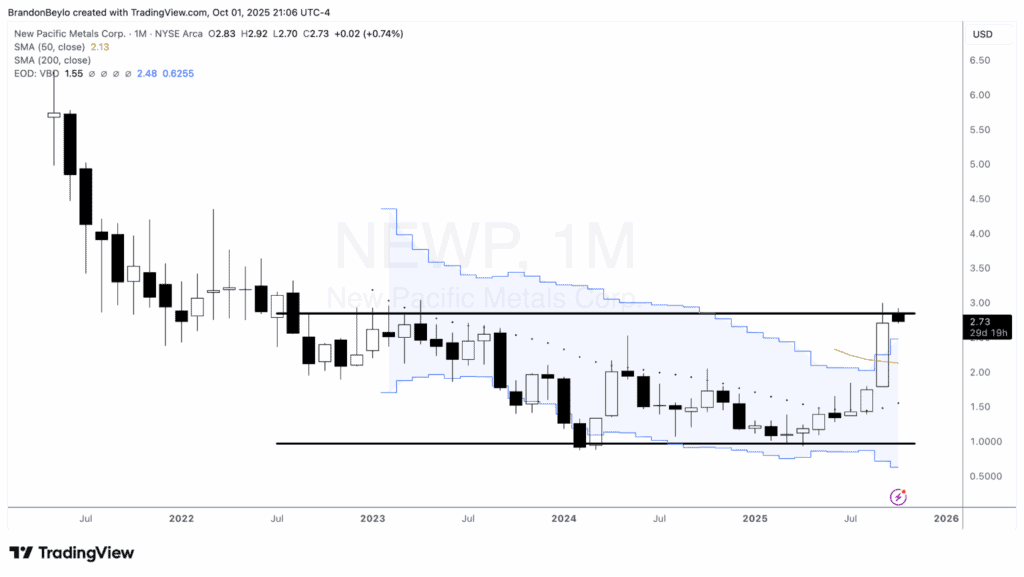The following is part 3 of our 3-part psychology series. You can read part 1 here and part 2 here.
Clearly our biology and the biases that come with it are hazardous to our financial health.
But how exactly do we solve this problem?
The trick is to plan your trades and trade your plan.
The first step to successful trading is creating a solid strategy that accounts for every possible market scenario. High volatility, low volatility, black swans, it doesn’t matter. Everything should be planned for. Nothing should be a surprise.
A detailed strategy will pre-plan the action steps you’ll take in specific market situations. This ensures you’ll have strict guidelines to follow when your emotions inevitably run wild. Your past objective mind will have already made the correct decisions for your current, emotionally charged, irrational mind. This is how you avoid destructive choices in the heat of the moment.
But this only works if you actually execute your plan when the time comes. This may sound simple. And honestly it is. But that doesn’t mean it’s easy. Execution is difficult because our biological wiring does everything in its power to prevent us from pulling the trigger. Our emotions and biases flare up and we’re forced to do battle with them before all else.
The best trading plan in the world won’t prevent your fight-or-flight response. It won’t cure your dire need to stick with the herd or your cognitive biases either. You’ll still experience all the feelings that come with your biological reality. There’s no way around it.
That’s why you need to accept it. Let the process play out. Feel what you’re feeling. But as it happens, take a step back, and from a distanced view, fully acknowledge what’s occurring. Objectively analyze it:
“The market just dropped 400 points and I’m feeling x, y, and z. Why am I feeling like this? Should I be feeling this way? How should I react?”
Explicitly following through with this exercise, either mentally, or even better by physically writing these questions and answers down, immediately switches your brain from using its emotional amygdala to its rational prefrontal cortex. The process will prevent the type of knee-jerk decisions you’re trying to avoid while reminding you to stick to your pre-defined trading plan.
Another effective tactic to ensure execution is reducing your stimuli. If the market is crashing, don’t sit in front of your computer screen and watch it. Every tick will cause an emotional response. And the more frequently you have to deal with these emotional responses, the more likely you’ll succumb to them and deviate from your trading plan.
Instead, you should resolve to only check the markets at predetermined times. At Macro Ops, we only jump in at the end of the day, after the market has closed. We don’t bother with intraday price swings. They just cause us unnecessary stress and tempt us to deviate from our plan. All entry and exit decisions are made after hours and are pre-scheduled for the following day. We focus exclusively on the closing price — that’s what matters.
Just like you don’t trust a toddler with a bunch of colored markers in an empty, white-walled room, we don’t trust ourselves with a mouse and keyboard during trading hours. Both result in a mess.
As the legendary trader Peter Brandt said:
“Trading [is] an upstream swim against human emotions.”
These are wise words from a wise man. Plan your trades and trade your plan. That’s how you’ll win in the end.
If you’re interested in learning more about the Macro Ops’ trading plan, then check out our Handbook by clicking here.







